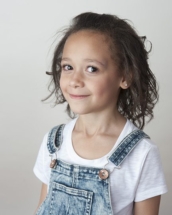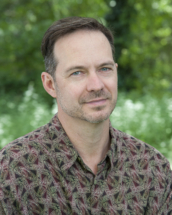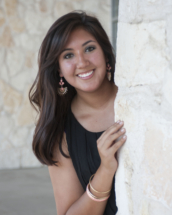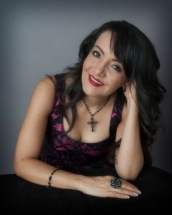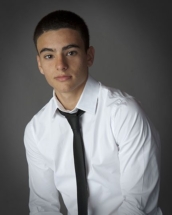Taking Great Portraits
Taking Great Portraits is not as not mysterious. It just takes some practice and knowing the tips.
Lighting:
Generally speaking, natural daylight is the most attractive light source for portrait photography – especially if you don’t have dedicated studio lighting.
A slightly overcast day provides a lovely soft light that will be flattering on your subject. Direct sunlight isn’t usually desirable because it creates strong, hard shadows on the subject’s face. In such conditions it’s best to find some light shade to position your subject. Alternatively, embrace the opportunity and shoot (carefully) into the sun, with your subject’s back to the sun. This is called backlighting and can result in a golden glow around your subject.Keep in mind that shooting into the sun does require you to provide some “fill” light to illuminate the shadows on your subject’s face. Fill light can be reflected sunlight, bounced back onto the subject’s face using a reflector or even a simple sheet of white card. Alternatively you could use your camera’s inbuilt flash or an external flash as demonstrated above. You can use natural daylight indoors too. For best results put your subject near a window, and have your subject facing slightly towards the light.
Background:
In portrait photography the background is just as important as the subject. A busy or distracting background will take attention away from the person in your photo. However, you don’t have to choose a completely plain background. For instance, an interesting wall or fence could provide a wonderful pop of color or texture. Usually for portrait photography you’ll want a neutral, uncluttered background that won’t distract the viewer from your portrait subject. Another technique is to include an object in the background to provide added interest or context. For example, an artist in front of her easel, a fisherman in front of a boat or a musician in front of her guitar.
Make people comfortable, Have Fun
Ask people about themselves and their families. I like to say think of someone you love and when they think of them you get a great expression. Even if you know the person well they may still be feeling apprehensive. Explain the kind of shot you want – or ask them what kind of shot they’d like. Be open to suggestions from your subject.
For children portrait photography, get down to their level and talk to them gently. Tell them you’re going to have great fun. And encourage them to play and forget about the camera. I love to use puppets for kids. Even in family portraits the adults also laugh.
Try different poses
Depending on the type of use you will adjust your technique. A musician or actor is going to have a very different photo than a banker. The basics are: Just get them to make small, simple adjustments, for example, “Raise your chin a little,” “Straighten your back,” or “Now look at me.” Have their body and shoulders turned slightly away from the camera for a natural feel. Or, for a more confrontational image, have their shoulders square-on to the camera as shown below. Have your subject sit down. This keeps them still and they’ll feel more relaxed and comfortable. Have the subject lean slightly towards the camera for a more engaging pose (or shoot slightly from above to get the same effect).
Blur the Background
Pretty simple idea but many people don’t think of this. If you blur the background their face is the subject rather than what is behind them. This is most true for outdoor photos with a busy background. A sure-fire way to raise your portrait photography game is to shoot with a shallow depth of field. This allows you to have your subject in sharp focus while the background appears blurred or out of focus, helping your portrait subject stand out. You can control the depth of field on your camera by adjusting the lens aperture. The aperture is the opening inside your lens which allows the light to travel through from the front of the lens to the camera’s sensor. Your lens will have a minimum and maximum aperture range. Aperture is measured in f/stops. The bigger the lens aperture, the smaller the f/number will be. The larger the aperture (the smaller the f/number) the more blurred your background will be.
Focus on the eyes
“The eyes are the opening to the soul” How true.
Portrait photos look best if the eyes are in sharp focus. This improves the sense of eye contact between the subject and viewer, creating a powerful and engaging photo.So, when shooting portraits, especially with a shallow depth of field, make sure you set your focus point carefully.
Remember a good portrait is a relationship between the photographer and the subject. If people are relaxed with you the portrait will be great.
You can get good at Taking Great Portraits. Link for more samples
